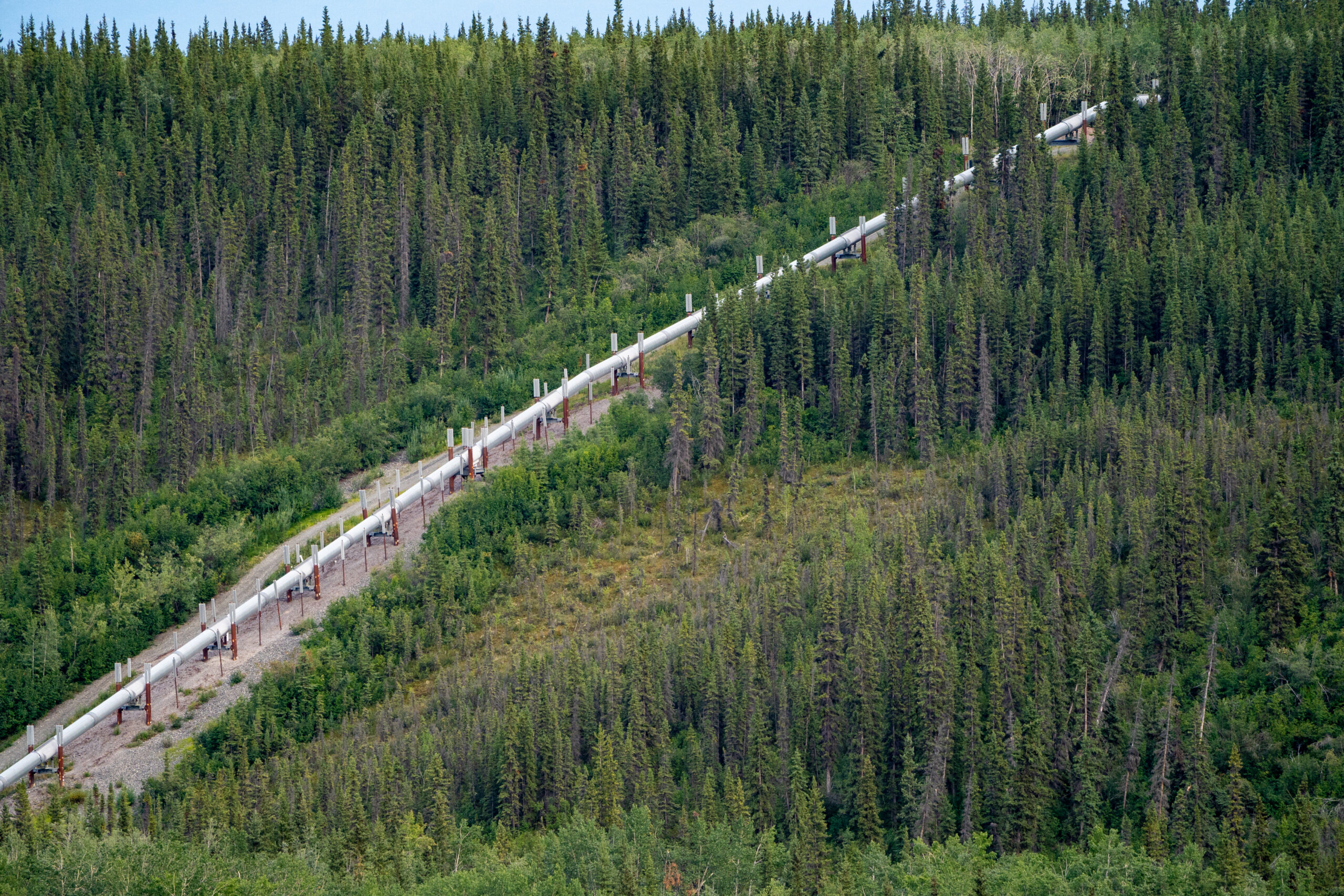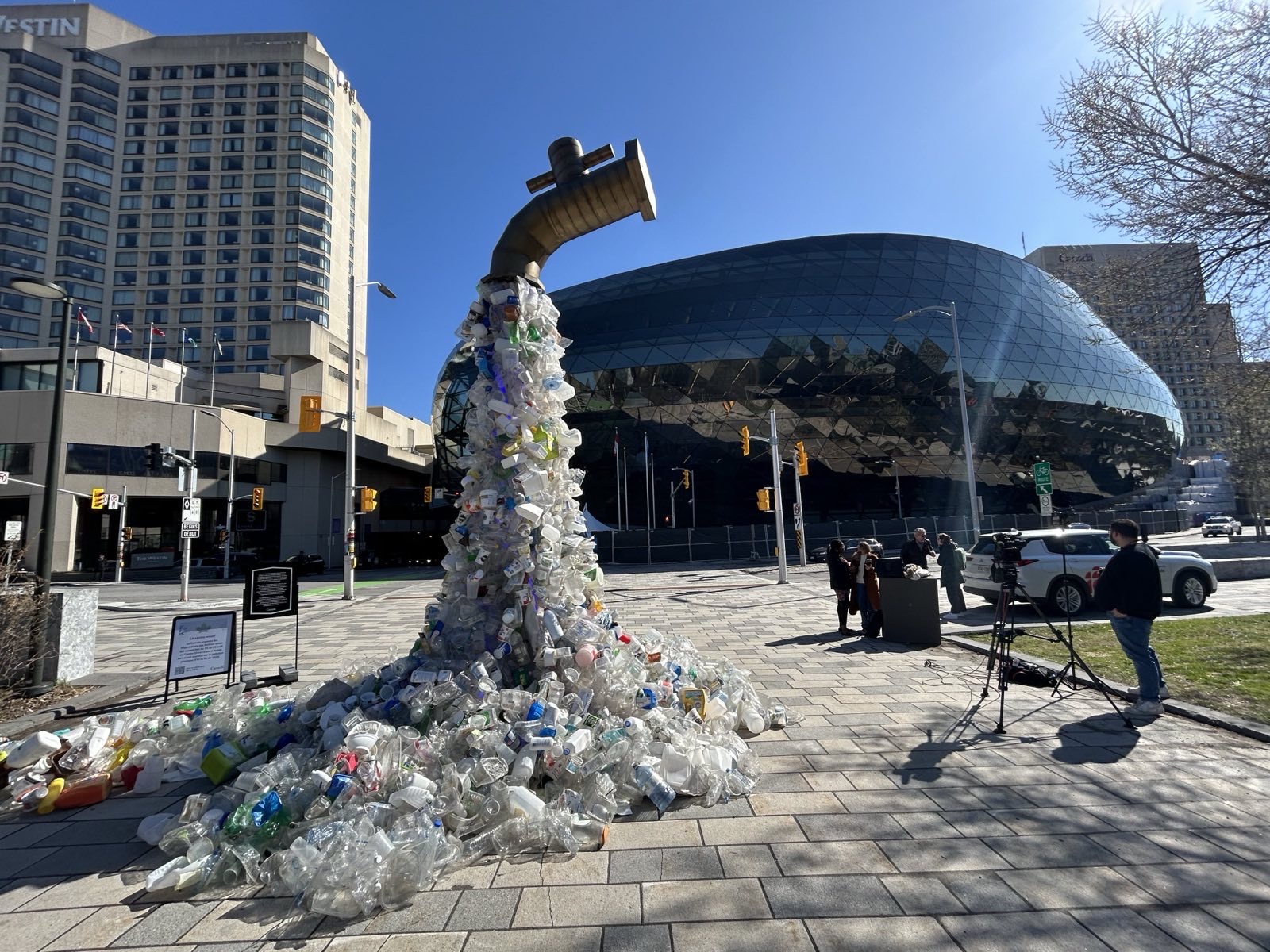Biden breaks campaign promise with federal lands lease sale
Constrained by a court decision, the Biden administration said it would auction off land for new oil and gas drilling. But climate activists see the move as backtracking on climate progress

In mid-April, the Biden administration announced new oil and gas leasing on federal land, while also narrowing the size of the offering and increasing royalty rates that companies pay to obtain acreage. Billing it as a reform, the move by the administration nevertheless cuts against a promise to put an end to leasing for drilling on federal lands that then-candidate Joe Biden made on the campaign trail in 2020.
In its announcement, the Department of Interior emphasized the changes to the lease sale, which it said amounts to a major reform of an outdated system. “For too long, the federal oil and gas leasing programs have prioritized the wants of extractive industries above local communities, the natural environment, the impact on our air and water, the needs of Tribal Nations, and, moreover, other uses of our shared public lands,” Secretary of Interior Deb Haaland said. “Today, we begin to reset how and what we consider to be the highest and best use of Americans’ resources for the benefit of all current and future generations.”
Oil companies will need to pay royalty rates of 18.75 percent of their revenues on the new acreage, an increase from the current 12.5 percent that, until now, has remained unchanged for a century. The 144,000 acres offered in western states was also 80 percent smaller than it could have been.
But the new lease sale is seen as something of a betrayal for conservationists and climate activists. Biden said he would ban new drilling on federal lands when he was running for president.
“Climate science is clear that urgent action is needed to maintain a livable planet. It is also clear that further leasing and oil and gas exploitation of public lands is incompatible with this goal,” Kyle J. Tisdel, a senior attorney at the Western Environmental Law Center, told Gas Outlook. “While reduced acreage and increased royalties would have been positive incremental steps decades ago, this approach is certainly not commensurate to the scale and urgency of the climate crisis today.”
Last November, after a review of the federal oil and gas leasing programme, Interior issued a report that called for higher royalty rates and more protections on sensitive lands. That report was panned by environmental groups for being woefully inadequate in the face of the climate crisis. The changes made in Interior’s latest announcement largely reflect those findings.
The Biden administration says that its hands are tied by federal courts. On his first days in office, Biden signed an executive order freezing new lease sales, but some oil-producing states, led by Louisiana, sued the administration and won a key court decision last June. The court said the Interior Department must resume new lease sales.
President Biden is “constrained by court decisions,” says Robert Glicksman, a professor of environmental law at George Washington University. “So, compliance with a campaign promise to not offer new leases may be off the table.”
He added that the reforms and the new lease sale in combination “arguably represents a balanced approach,” given the legal constraints and the desire to limit environmental impact.
“The issuance of new leases, if they are actually developed, will certainly generate GHG emissions,” Glicksman said. “But the reduced scope of leasing and the higher royalty rates should limit the extent of the emissions attributable to the downstream use of extracted supplies.”
But others say there is more the administration can do. “Hiking the federal royalty rate for drilling on new leases is a good start, but a more comprehensive rulemaking process is needed to tackle many other issues,” Alan Zibel, research director at corporate watchdog group Public Citizen, told Gas Outlook. “Specifically, we must ensure that oil companies clean up their own mess and don’t hand the bill to taxpayers. Companies that drill on our public lands should be required to post — upfront — all of the money that might be needed for clean-up later on.”
Zibel authored a report that found that the Biden administration had actually given out an average of 333 drilling permits to the oil and gas industry in 2021, a higher rate than the 232 permits per month in 2017, which was former President Donald Trump’s first year in office.
What can Biden do?
The political moment is also quite different from when Biden took office in early 2021. Today, the Biden administration is trying to find ways to lower high gasoline prices, which have soared as a result of reduced drilling activity and interruptions stemming from the war in Ukraine. High inflation has also rattled the administration ahead of mid-term elections.
Biden has opened up the strategic petroleum reserve and allowed more ethanol to be blended into the nation’s fuel supply. But he has few tools to actually lower energy prices.
The oil and gas industry has been calling for more leasing and drilling permits on federal lands since Biden took office. More recently, industry lobbyists have opportunistically used the war in Ukraine as a justification for the need for more leasing, suggesting it would significantly boost oil supply.
But their demands long precede Russia’s invasion, and new drilling on federal lands will do very little, if anything, to address the current energy crisis. Less than 10 percent of U.S. oil and gas production occurs on onshore federal lands, and that portion is largely concentrated in the southeast corner of New Mexico, which is part of the Permian basin. In addition, the industry has stockpiled thousands of leases and drilling permits, and has decided to keep drilling in check because of pressure from investors to keep costs down. It’s not clear that more lease sales will result in a significant increase in oil and gas production, and even if it does, it could take a while before any barrels hit the market.
Instead, some progressive groups and members of Congress are calling for a windfall profits tax. “With oil executives exploiting Russia’s invasion of Ukraine to increase profits to record levels and prioritize paying wealthy investors, we think it’s time to enact a windfall profits tax on the industry,” Zibel said. “Four oil industry giants — Exxon Mobil, Shell, Chevron, and BP — made more than $70 billion in combined profits last year, and their shameless exploitation of Russia’s invasion of Ukraine will probably see them make even more this year.”
Meanwhile, the climate crisis continues, and the administration’s climate agenda has run aground. The bulk of the emissions reductions the U.S. can achieve this decade would need to come from the now-stalled climate legislation in Congress.
At the same time, leasing on federal lands is one area where Biden does have executive powers. As a result, offering up new leases for drilling is going in the wrong direction, ensuring very little progress on climate change during Biden’s first term.
Tisdel said that there is “no one-sized approach” for management of federal lands, but any approach “certainly doesn’t involve the continued prioritization of fossil fuel exploitation as a predominant use.”
He added: “Public lands can become a foundational element of climate mitigation and for our transition to a clean energy future, but that will require an intentional shift our public lands are managed.”



